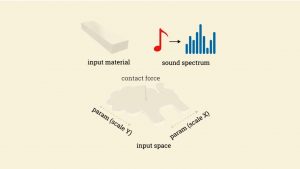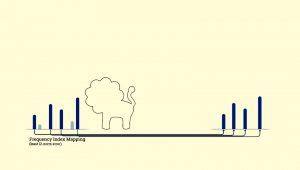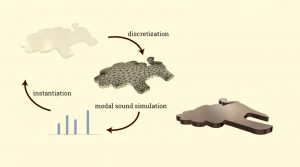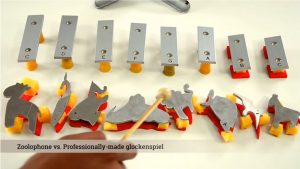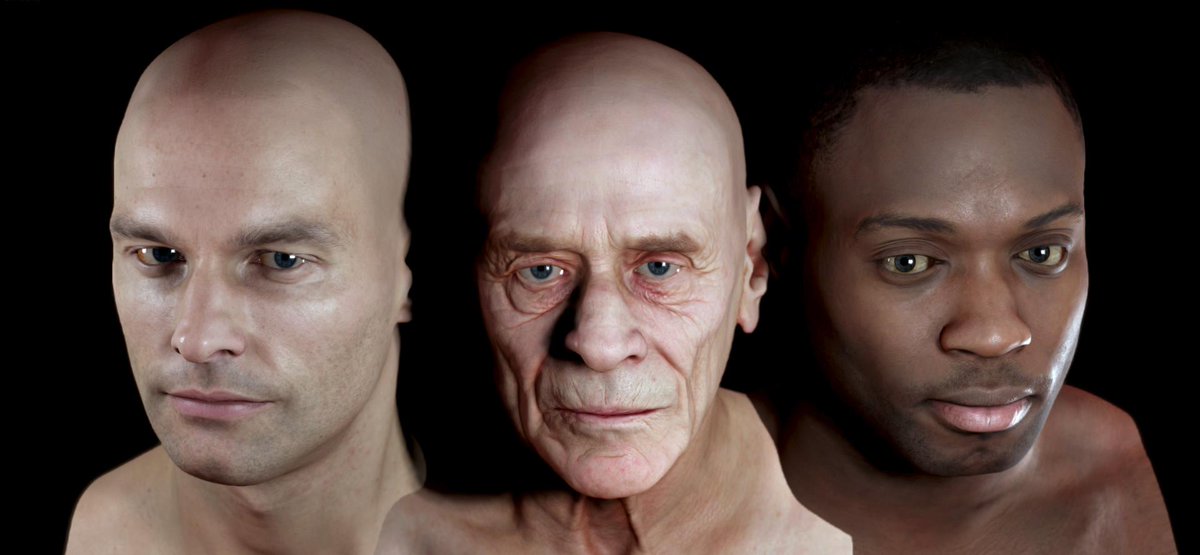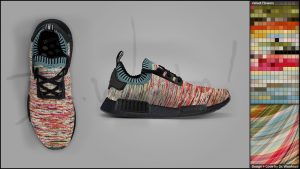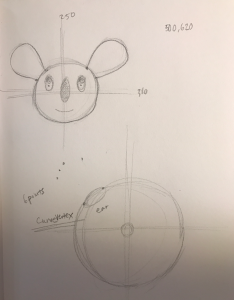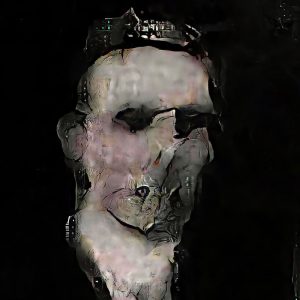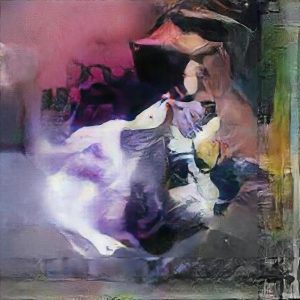Creator: Can Pekdemir
Title of Work: Procedural Sculptures
Year of Creation: 2015
Link to Project Work: http://www.can-pekdemir.com/Procedural-Sculptures
Link to Artist Bio: http://www.can-pekdemir.com/About
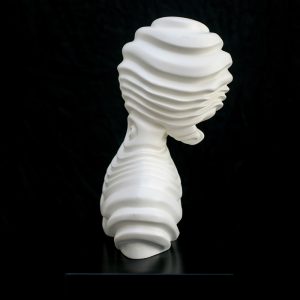

Can Pekdemir is an Instanbul-based digital sculpture/video artist experimenting with the generation of bodily forms. Conventionally, his work is based in the digital and augmented reality realms where he focuses on applications of textures and morphs. The work above — part of a series titled Procedural Sculptures — are developed via procedural algorithms that mimic the pattern- and shape-making of natural-occurring forms. In his developmental process, Pekdemir focuses on modifications of the human form in ways often uncomfortable (such as headless quadrupeds) and structurally questionable — this convention is applicable to his procedural sculptures, which only resemble a familiar outline.
As a designer, I see his work as a means of modifying human perception on figures symbolically, scientifically, representationally, and expressively — all fundamental factors of communications design. As an artist, Pekdemir adjusts the rules to develop new ways of seeing, which fascinates me — the algorithmic approach gives new way to developing forms for human utility.
![[OLD FALL 2017] 15-104 • Introduction to Computing for Creative Practice](https://courses.ideate.cmu.edu/15-104/f2017/wp-content/uploads/2020/08/stop-banner.png)
